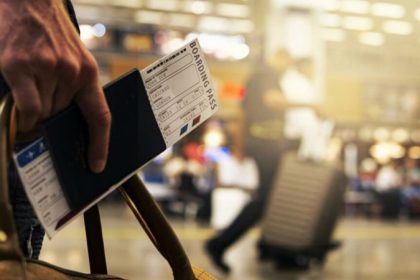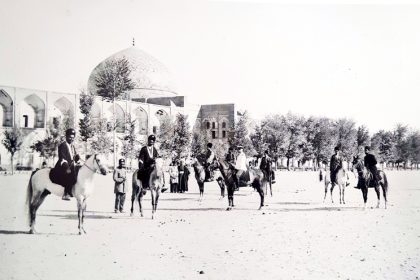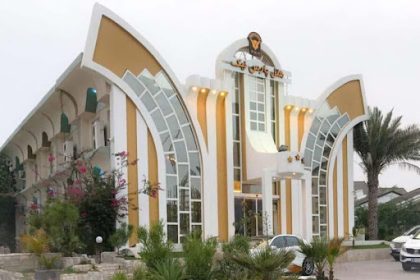Proper refueling on road trips is one of the main factors to reduce costs and avoid wasting time.
Road trips are always accompanied by excitement and adventure; But if you don’t pay attention to the important points of refueling, it can lead to unexpected problems. Planning before starting the trip to managing fuel consumption and checking the condition of the car, each one helps to reduce the cost and increase the safety of the trip. In the following, we examine the most important principles and solutions for optimal refueling in road trips.
1. How to plan the refueling route in advance?
Planning and researching the route before departure is the first step to a successful refueling trip. Using routing apps or online maps, you can identify fuel stations along the route. Knowing the distance of each station allows you to determine the best time to refuel and avoid going to crowded or remote stations. If you’re traveling on long road trips or in less developed rural areas, it’s important to consider remote gas stations.
2. How to calculate car fuel consumption?
Knowing your car’s fuel consumption can prevent waste of money and energy. To calculate, consider the total travel distance and the car’s fuel consumption per 100 km. Some applications also allow you to predict the exact fuel consumption based on the speed and type of route. Knowing how much fuel your car consumes at different speeds can help you reduce consumption. In addition, a fully serviced car will have more efficient fuel consumption.
3. How to avoid excess load on road trips?
Excess load is one of the main factors in increasing fuel consumption. A car with less load needs less fuel to move. Therefore, keep only essential items in the car and avoid carrying unnecessary items. If you use roof racks or roof racks, be aware that these will increase the vehicle’s resistance and cause more fuel consumption.
4. Speed stability and optimal use of cruise control
Stability in speed not only helps to control the car better, but also prevents unnecessary consumption of fuel. Frequent speed changes and sudden acceleration can significantly increase fuel consumption. Using cruise control, especially on smooth roads without traffic, is one of the best ways to reduce fuel consumption. The best speed for optimal fuel consumption is between 80 and 100 km/h.
5. Tips for using a cooler and air conditioning system while traveling
Car air conditioning and cooling system can increase fuel consumption, especially at low speeds. Use the cooler on long journeys at speeds above 60 km/h to reduce fuel consumption. If the weather is mild, use natural ventilation and roll down the windows at low speeds.
Photo source: mikeduman.com
6. What are the best times to refuel?
Refueling at off-peak times can save time and avoid long queues. Gas stations are usually quieter in the early morning. If you are on intercity routes, preferably refuel before entering crowded urban areas or stations near tourist areas to avoid long queues.
7. Fuel quality and its effect on vehicle fuel consumption
Using the right quality fuel can help improve engine performance and reduce fuel consumption. Some gas stations may supply cheaper and lower quality fuels which will damage the car engine in the long run. Always choose reliable and reliable stations and avoid filling the tank with low-quality fuel.
8. The importance of checking the technical health of the car before the trip
Checking tires, air filters and ventilation system can play an effective role in reducing fuel consumption. Proper tire inflation and timely replacement of air filters can optimize fuel consumption. Faulty systems increase fuel consumption and reduce car efficiency; So make sure the car is fully serviced before the trip.
Following these tips will not only make your trip more enjoyable, but will also help reduce costs and protect the environment. You also share your experiences in this field with us and other companions where Share it.
Cover photo source: www.idfcfirstbank.com
RCO NEWS


















